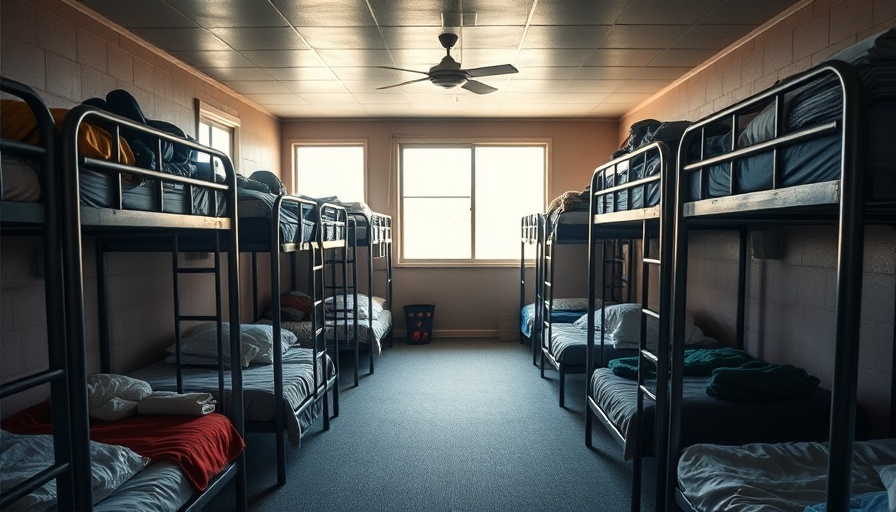
Understanding the Shift: Mayor Lurie’s Revised Shelter Strategy
In a surprising departure from his campaign promise to establish 1,500 temporary shelter beds within six months, San Francisco's Mayor Daniel Lurie has indicated a new focus on the quality and suitability of shelter solutions rather than arbitrary numbers. This key change reflects an evolving understanding of the city’s complex homelessness crisis.
Why Quality Matters More Than Quantity
As highlighted by Kunal Modi, Lurie’s policy chief for health and human services, the adequacy of shelter goes beyond simply providing a place to sleep. Many individuals experiencing homelessness face significant challenges that include mental illness and addiction. Without tailored support services, merely increasing bed numbers may fail to address the underlying issues, leaving vulnerable populations without the help they truly need.
The Political Landscape: Navigating Expectations
Mayor Lurie's initial pledge seemed straightforward: a tangible response to a pressing issue. However, the expectation of rapidly implemented temporary shelters stirred skepticism among political analysts and homelessness advocates alike. The reality of San Francisco's homelessness situation necessitated a thoughtful approach rather than a hurried one, a point that Lurie’s administration now recognizes.
Reactions from the Community and Political Leaders
The community has had mixed reactions to Lurie’s pivot. While some residents welcome the focus on more effective solutions, others feel disillusioned by the abandonment of a promise that many viewed as the cornerstone of Lurie’s campaign. Critics argue that this shift represents a departure from accountability and commitment to progressive policy-making in San Francisco.
Drawing Comparisons: What Other Cities Are Doing
San Francisco is not alone in grappling with homelessness. Cities like Seattle and Los Angeles have similarly fumbled with ambitious plans that fell short of expectations. Seattle, for instance, shifted towards encouraging permanent supportive housing as part of their strategy. This approach fundamentally addresses the wider systemic factors at play, offering a blueprint that could potentially inform San Francisco’s strategies moving forward.
Looking Ahead: What’s Next for Lurie’s Administration?
As Mayor Lurie and his team move beyond the initial targets they set, community advocates will be watching closely. In the coming months, the mayor’s administration will need to develop a comprehensive plan that reflects both the realities of homelessness in the Bay Area and the aspirations of its residents. A response that fosters dialogue with stakeholders, including previously marginalized voices in policy-making, will be key.
Final Thought: The Way Forward for San Francisco
Ultimately, progress must transcend political rhetoric, requiring dedicated, actionable strategies that resonate with community needs. As San Francisco continues to tackle complex challenges pertaining to public safety and homelessness, understanding the nuances of these issues will be pivotal. Keeping the dialogue open is essential for forging a path that can truly make a difference.
In conclusion, while Mayor Lurie deserves support for reevaluating his approach, this moment also serves as a sobering reminder of the intricate tapestry of San Francisco politics and the urgency of finding solutions that address pressing community needs. Continuing to follow the developments of Lurie’s administration will be crucial for anyone invested in the future of public policy and neighborhood safety.
 Add Row
Add Row  Add
Add 




 Add Row
Add Row  Add
Add 

Write A Comment